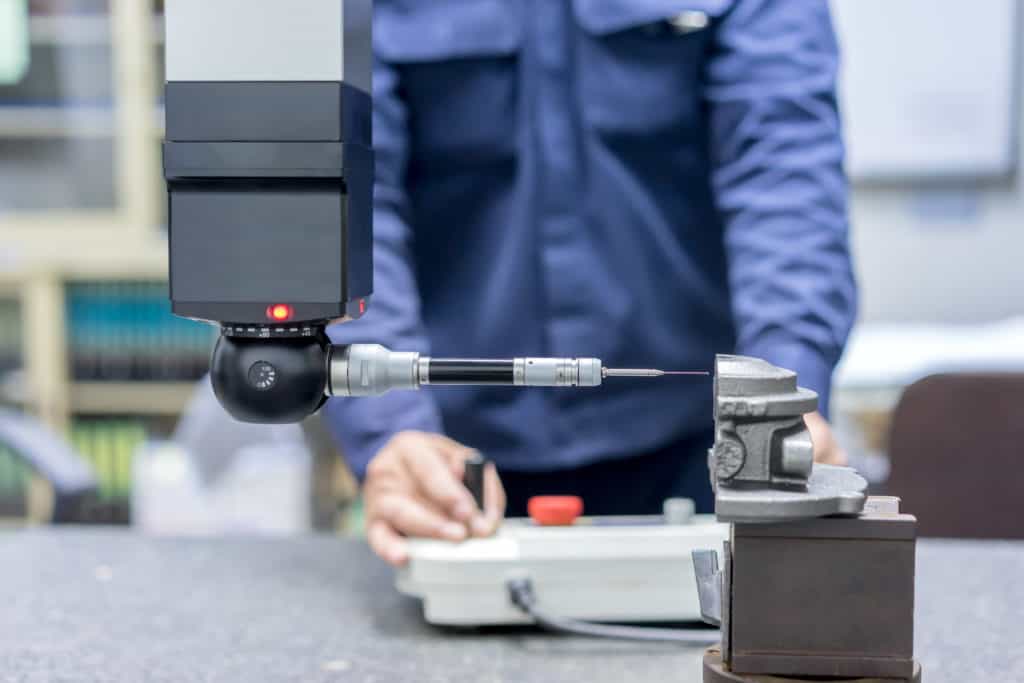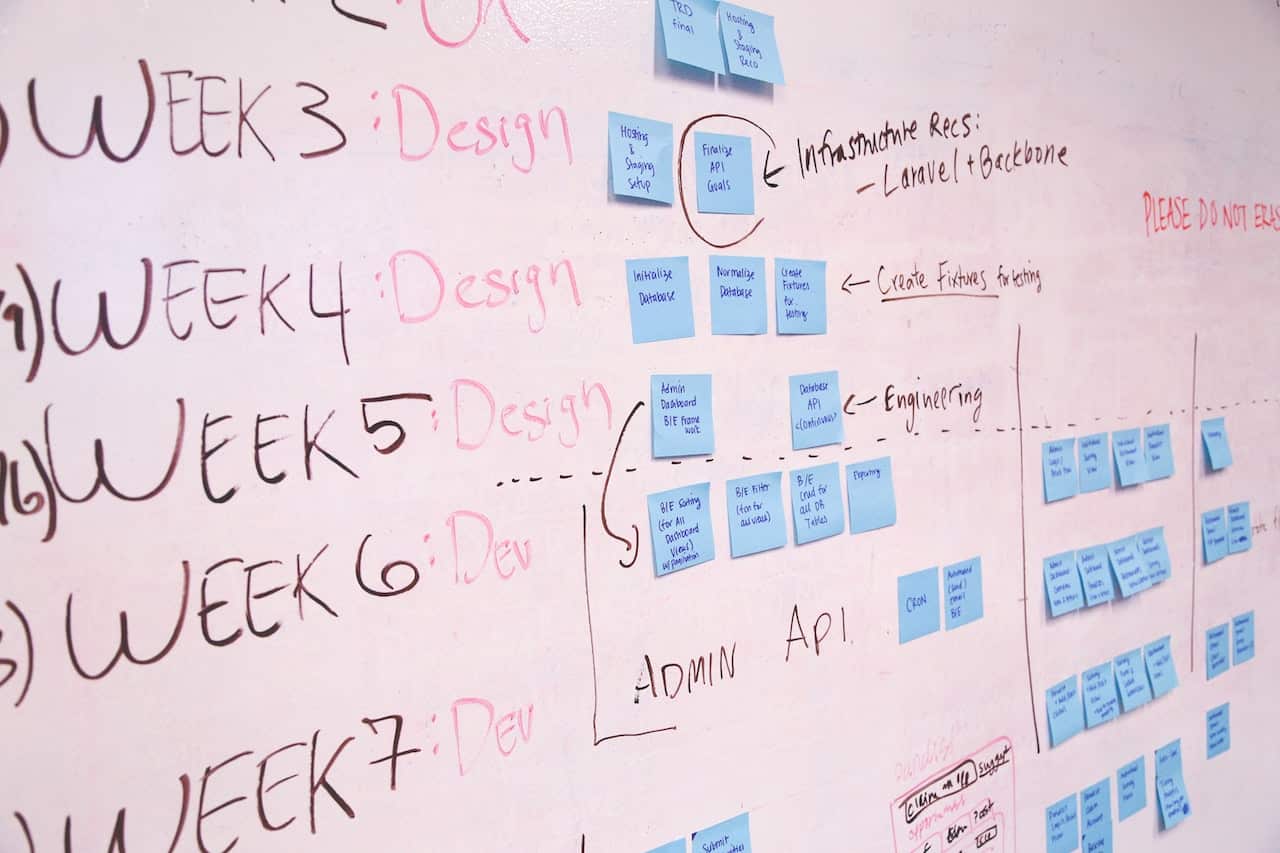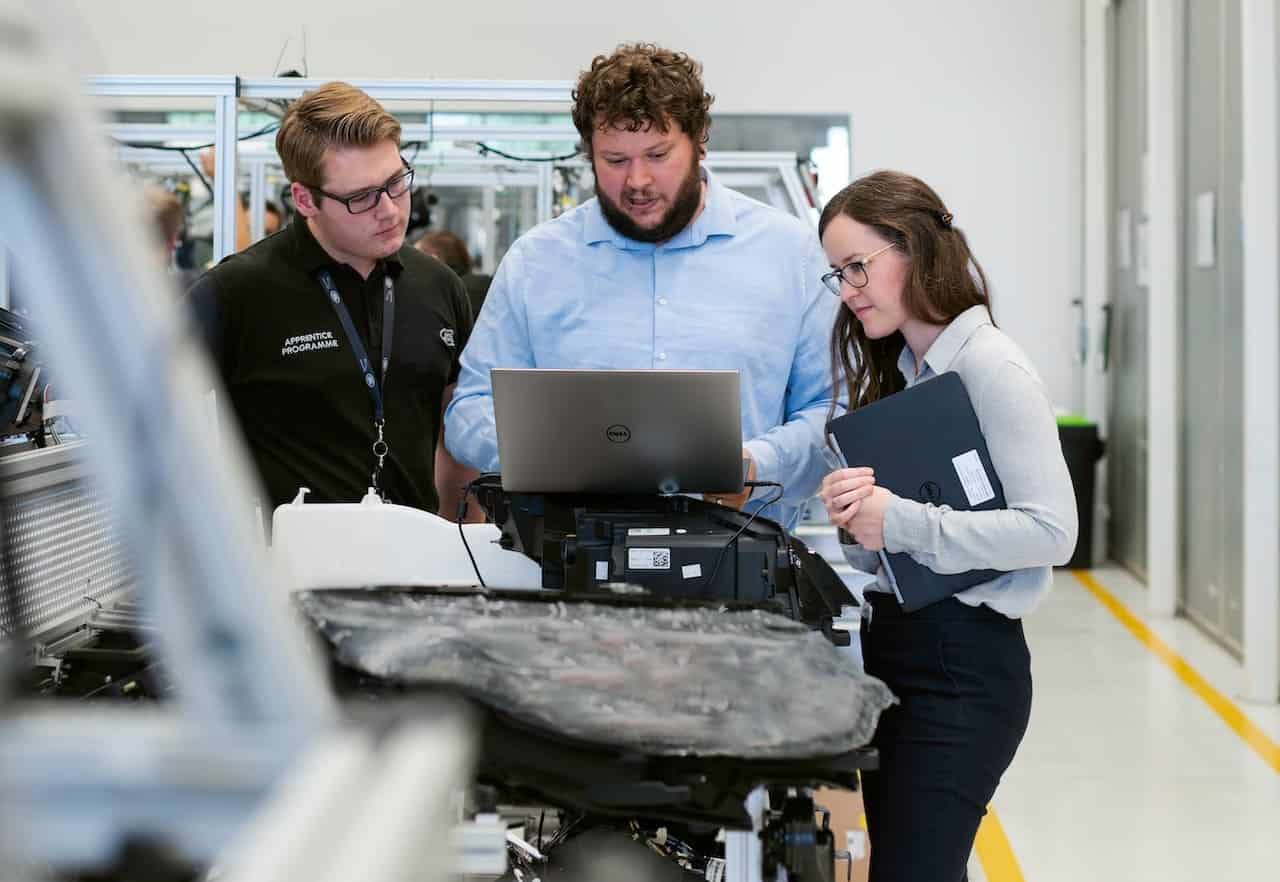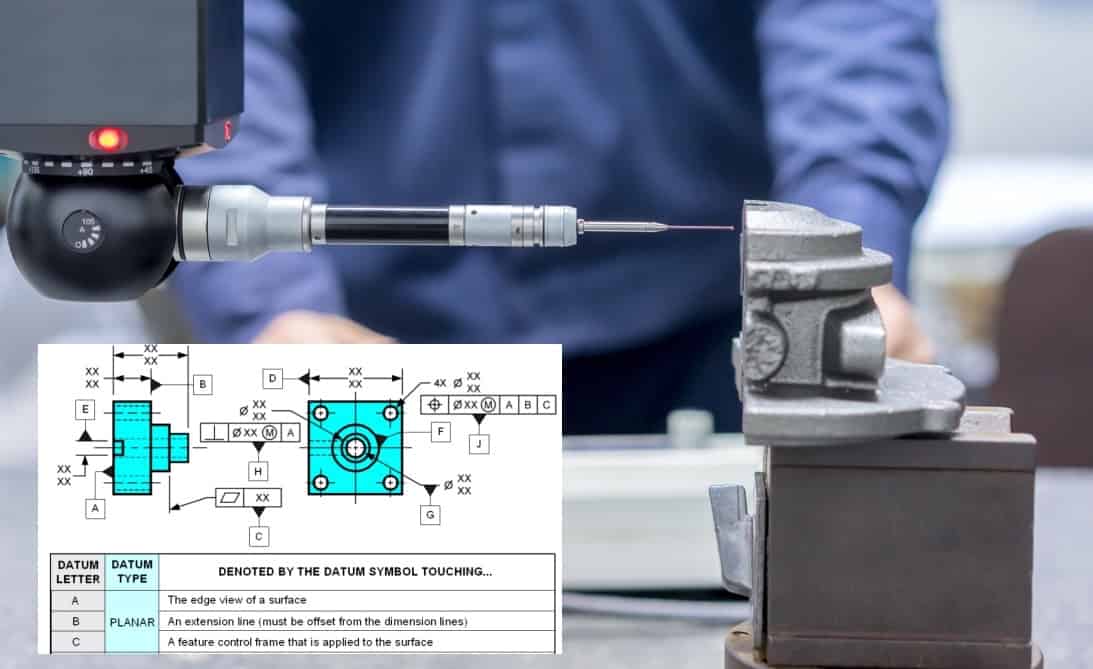
- Home
- Technical Training
Technical Training
QC Training Services, Inc. has become an established authority on technical training for quality and manufacturing.
QCTS offers topics such as Print Reading, GD&T from Fundamentals to Advanced, CMM Operation & Programming, Basic Dimensional Measurement Tools, and much more. Most of the courses below are offered throughout the year in several locations, and any of them can be customized (in content and in delivery) and brought on-site for your workforce.

Why should your company invest in technical training for your employees?

“Employers who offer valuable training opportunities build their reputations as employers of choice..."
72% of people surveyed are ready to quit their jobs.
- 90% want more learning & development opportunities
- 41% cited career progression as the top reason for wanting to quit their jobs.
- 62% say they would be more motivated to stay if they had more training and learning opportunities.
"Governments and organizations must make talent strategies a key priority and take steps now to educate, train, and upskill their existing workforces.”
“The global talent crunch—an imminent skilled labor shortage affecting both developed and developing economies—could cost nations trillions in unrealized annual revenues. Additionally, it could ultimately shift the global balance of economic power by 2030 if left unaddressed… Fortunately, there is time to mitigate the risk.”
- 85 million jobs in the U.S. alone unfilled by 2030
- $8.5 trillion of revenue at risk

A well-crafted training solution, supported with an equally instrumented implementation plan has will surely stand the test of time.
The challenge that will still stay with us for the near future is “How long can a well-trained new hire be retained?” Questions that arise: Are there enough credentialing processes which are supported by industry-recognized certifications to promote an employee’s professional growth? Is the company’s culture evolving to set forth expectations that ensure safety, security, and well-being? One piece to the solution puzzle is a culture of training. While not guaranteeing that an employee will remain when receiving proper training, statistics show that investing in the employee will improve overall job satisfaction and increase their likelihood at being a long-term contributor.
The objective is to not only have an educated workforce comprised of traditional two-year technical colleges and four-year degree program graduates, but also experienced personnel with the capacity for correct forward thinking. Thinking that will correctly predict where the company needs to steer, not only to remain competitive, but to be a strategic player in those markets in which they choose to compete.


Advanced Product Quality Planning (APQP)

Application of Metrology Fundamentals for CMMs

Applied Measurement Uncertainty for Calibration Laboratories

Applied Measurement Uncertainty for Testing Laboratories

Certified Calibration Technician (CCT) Review

Certified Manager of Quality/Organizational Excellence (CMQ/OE) Review

Certified Quality Auditor (CQA) Review

Certified Quality Engineer (CQE) Review

Certified Quality Inspector (CQI) Review

Coordinate Measuring Machine (CMM) – Advanced

Coordinate Measuring Machine (CMM) – Basics

Coordinate Measuring Machine (CMM) Foundations

Core Tools Bundle

Dimensional Measurement Tools – Basics

Dimensional Measurement: Roundness

Dimensional Measurement: Surface Texture

Failure Mode and Effects Analysis (FMEA)

Gage Calibration Methods

GD&T Advanced Concepts

GD&T Functional Gage Design

GD&T Fundamentals

Introduction to Reliability Engineering

Measurement Systems Analysis (MSA)

Measurement Uncertainty Budgets

P&ID (Piping & Instrumentation Diagram) & Engineering Drawings Interpretation

Precision Dimensional Measurement

Precision Force and Torque Measurement

Print Reading for Industry

Problem Solving Tools

Production Part Approval Process (PPAP)

Quality 101 Foundational Concepts

Root Cause Analysis (RCA) with CAPA

Statistical Process Control (SPC) – Basics

